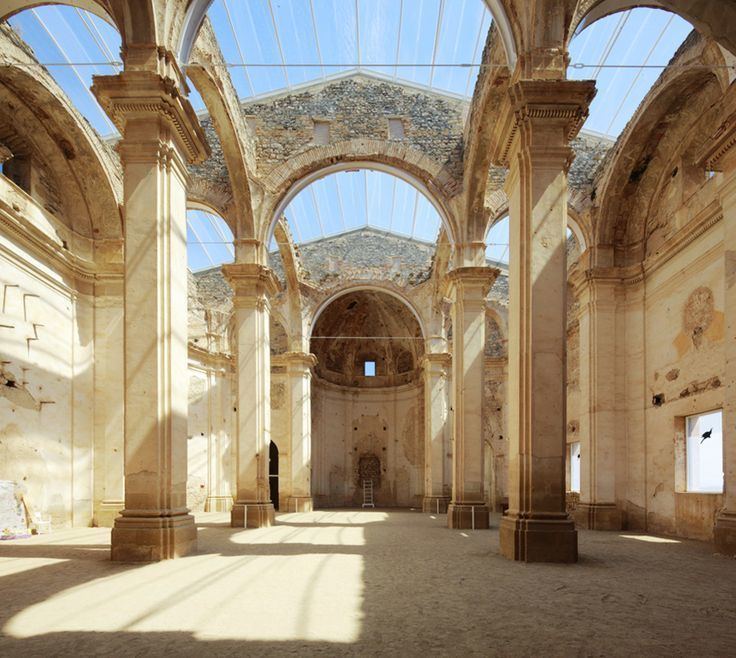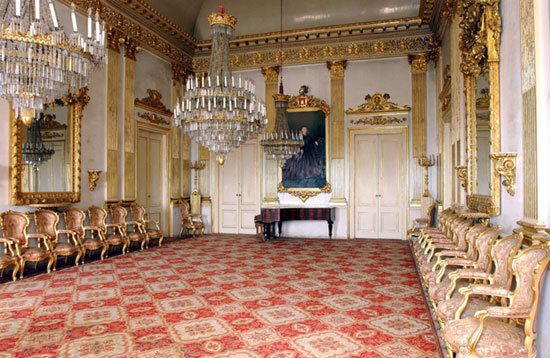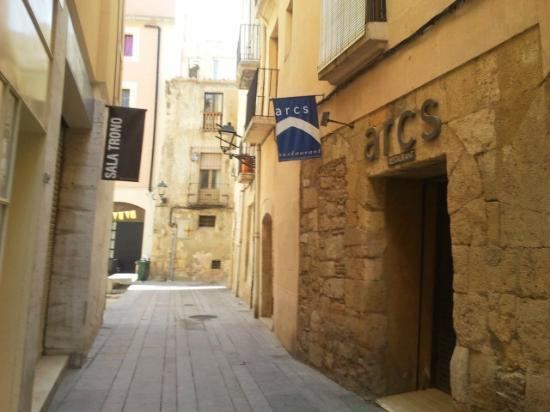Country Population 133,954 (2012) University Rovira i Virgili University Area 55.60 km2 | Founded 5th century BC Mayor Josep Felix Ballesteros (PSC) | |
Points of interest Costa Daurada, National Archaeological Museum of Tarragona, Tarragona Cathedral, Camp de Tarragona | ||
Tarragona ( , Phoenician: ????????, Tarqon; Latin: ) is a port city located in the north-east of Spain on the Mediterranean Sea. It is the capital of the Tarragona province, and part of the Tarragones county and Catalonia region. Geographically, it is bordered on the north by the province of Barcelona and the province of Lleida. The city has a population of 132 199 (2014).
Contents
- Map of Tarragona
- Lovely city tarragona in spain 2008
- Acueducto romano de les ferreres o pont del diable tarragona roman aqueduct in tarragona
- History
- Main sights
- Food and drink outlets
- References
Map of Tarragona
Lovely city tarragona in spain 2008
Acueducto romano de les ferreres o pont del diable tarragona roman aqueduct in tarragona
History

One Catalan legend holds that it was named for Tarraho, eldest son of Tubal in c. 2407 BC; another (derived from Strabo and Megasthenes) attributes the name to Tearcon the Ethiopian, a 7th-century BC pharaoh who supposedly campaigned in Spain. The real founding date of Tarragona is unknown.

In Roman times, the city was named Tarraco and was capital of the province of Hispania Tarraconensis (after being capital of Hispania Citerior in the Republican era). The Roman colony founded at Tarraco had the full name of Colonia Iulia Urbs Triumphalis Tarraco. An inscribed stone base for a now lost statue of Tiberius Claudius Candidus was found in Tarragona during the nineteenth century. The 24-line Latin inscription describes the Governor and Senators career as an ally of the future Roman Emperor Lucius Septimius Severus, who fought in the civil war following the assassination of Commodus in 192 AD. This important marble block was purchased by the British Museum in 1994.
The city may have begun as an Iberic town called Kesse or Kosse, named for the Iberic tribe of the region, the Cossetans, though the identification of Tarragona with Kesse is not certain. Smith suggests that the city was probably founded by the Phoenicians, who called it Tarchon, which, according to Samuel Bochart, means a citadel. This name was probably derived from its situation on a high rock, between 75–90 m (250–300 ft) above the sea; whence we find it characterised as arce potens Tarraco. It was seated on the river Sulcis or Tulcis (modern Francoli), on a bay of the Mare Internum (Mediterranean), between the Pyrenees and the river Iberus (modern Ebro). Livy mentions a portus Tarraconis; and according to Eratosthenes it had a naval station or roads (); but Artemidorus says with more probability that it had none, and scarcely even an anchoring place; and Strabo himself calls it .
This answers better to its present condition; for though a mole was constructed in the 15th century with the materials of the ancient amphitheatre, and another subsequently by an Englishman named John Smith, it still affords but little protection for shipping. Tarraco lies on the main road along the south-eastern coast of the Iberian Peninsula. It was fortified and much enlarged by the brothers Publius and Gnaeus Scipio, who converted it into a fortress and arsenal against the Carthagenians. Subsequently it became the capital of the province named after it, a Roman colony, and conventus juridicus.
Augustus wintered at Tarraco after his Cantabrian campaign, and bestowed many marks of honour on the city, among which were its honorary titles of Colonia Victrix Togata and Colonia Julia Victrix Tarraconensis. The city also minted coins. According to Mela it was the richest town on that coast, and Strabo represents its population as equal to that of Carthago Nova (modern Cartagena). Its fertile plain and sunny shores are celebrated by Martial and other poets; and its neighbourhood is described as producing good wine and flax.
Main sights
The Roman ruins of Tarraco have been designated a World Heritage Site by UNESCO.
Part of the bases of large Cyclopean walls near the Cuartel de Pilatos are thought to pre-date the Romans. The building just mentioned, a prison in the 19th century, is said to have been the palace of Augustus. The 2nd century amphitheatre, near the sea-shore, was extensively used as a quarry after the fall of the Western Roman Empire, and but few vestiges of it now remain. A circus, c. 450 m long, was built over in the area now called Placa de la Font, though portions of it are still to be traced. Throughout the town Latin, and even apparently Phoenician, inscriptions on the stones of the houses mark the material used for buildings in the town.
Two ancient monuments, at some little distance from the town, have, however, fared rather better. The first of these is the Aqueducte de les Ferreres, which spans a valley about 4 kilometres (2 miles) north of the city. It is 217 m (712 ft) in length, and the loftiest arches, of which there are two tiers, are 26 m (85 ft) high. There is a monument about 6 km (4 mi) along the coast road east of the city, commonly called the "Tower of the Scipios"; but there is no authority for assuming that they were buried here.
Other Roman buildings include:
The city is also home to the National Archaeological Museum of Tarragona.
Food and drink outlets

Tarragona contains a number of small bars, restaurants, and cafes serving tapas and sandwiches, and local seafood and Catalan dishes. Many such outlets are found in the historic centre, including those at the Placa de la Font, Placa del Rei and Placa del Forum. The neighbourhood of El Serrallo, at the harbour, specialises in seafood cuisine.
